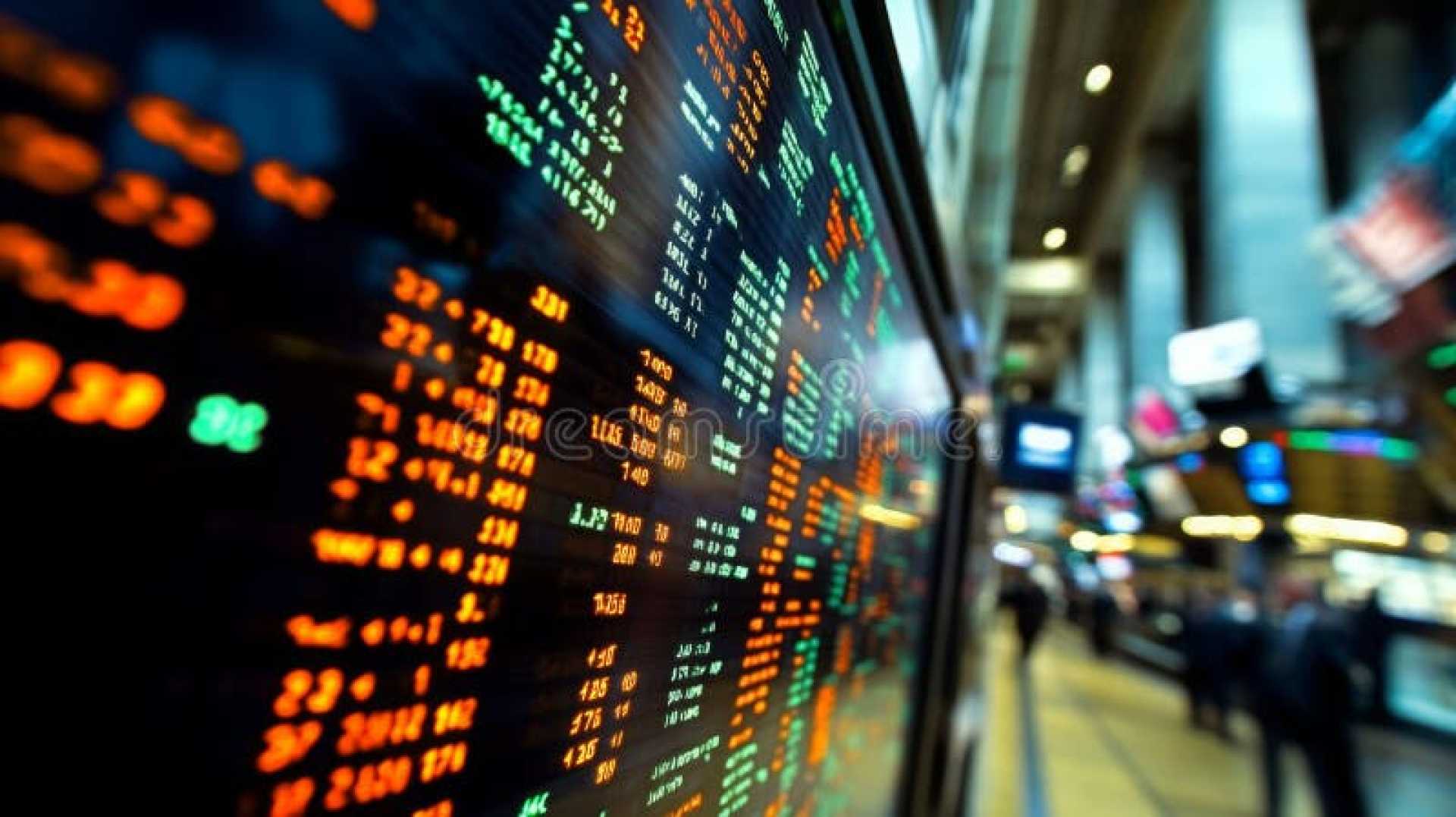Business
Wall Street Rebounds Following Tariff Announcement Concerns

New York, NY — U.S. stocks opened higher on April 8, 2025, following a tumultuous three days of trading that left investors rattled by fears of impending tariffs from the Trump administration. The Dow Jones Industrial Average surged 1,360 points, or 3.6%, while the S&P 500 and the NASDAQ Composite posted gains of 3.4% and 3.76%, respectively.
Market analysts suggest that after facing significant losses, investors are now searching for buying opportunities, especially as the price-to-earnings ratio for S&P 500 companies fell below 17, indicating historical value. “This is a very normal action and very technical in nature after a shock period,” said Keith Lerner, chief market strategist at Truist. “The market is extremely oversold, and markets don’t move in a linear fashion.”
Previously, the stock market had been under pressure due to escalating tensions regarding tariffs proposed by President Donald Trump, which many believed could push the U.S. and global economies toward recession. Lerner highlighted that historic market rebounds typically occur following considerable declines, fueled by investor fear of missing out on recovery. “In a period of uncertainty, each bit of new information is overextrapolated, which leads to wider-than-normal swings,” he added.
The narrative shifted dramatically after a Monday report suggested a potential pause in tariffs. Although quickly dismissed by the White House, the news momentarily buoyed stock prices. Michael Block of Third Seven Capital remarked, “Yesterday, market players saw how the hint of ‘good news’—that being chatter about a pause in the Liberation Day tariffs—could rally markets by whole percentage points very quickly.”
Despite the optimism surrounding the rebound, uncertainty persists as the Trump administration prepares to impose additional tariffs on numerous nations, with rates as high as 50% for some countries and up to 70% on China. Any further escalation is anticipated to risk a recession this year, according to Goldman Sachs and JPMorgan Chase.
“It’s finding the bottom now,” said Peter Navarro, Trump’s top trade adviser, during a Fox News interview. “It’s going to shift over and it’s going to be companies in the S&P 500 that are the first to produce here. Those are the ones going to lead to recovery. And it’s going to happen. Dow 50,000. I guarantee that and I guarantee no recession.” This optimism, however, starkly contrasts with warnings from other sectors regarding potential inflation and slowed economic growth due to tariff impositions.
Globally, the stock market responded positively, with most Asian indexes closing higher, including Japan’s Nikkei 225, which rose 6%. European markets also mirrored this trend, with the benchmark STOXX 600 index climbing by 2.7% by session end. France’s CAC index and Germany’s DAX rose by 2.5% and 2.4%, respectively.
As investors navigate the uncertainties tied to tariffs and potential economic implications, experts continue to advocate for diversified investments to weather possible market volatility. “Being diversified in quality stocks is very important right now,” cautioned Keith Mooney, co-founder of Vestgen Wealth Partners.












